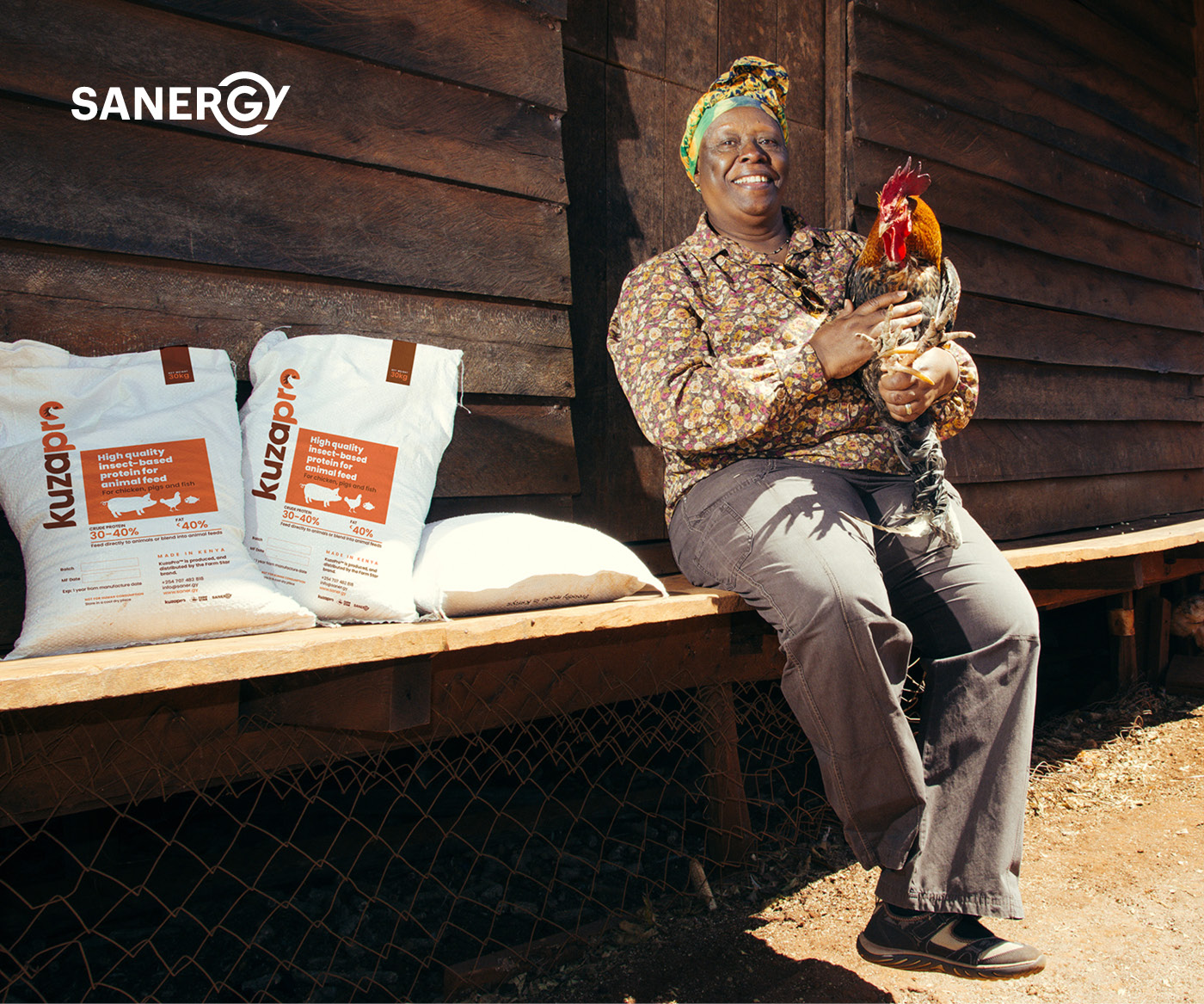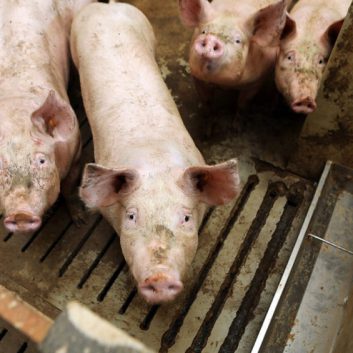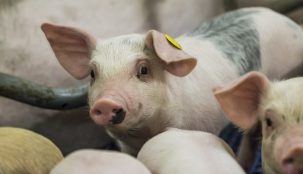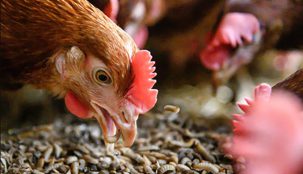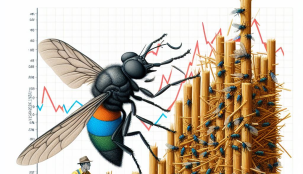Q&A: How much protein does a BSF contain?
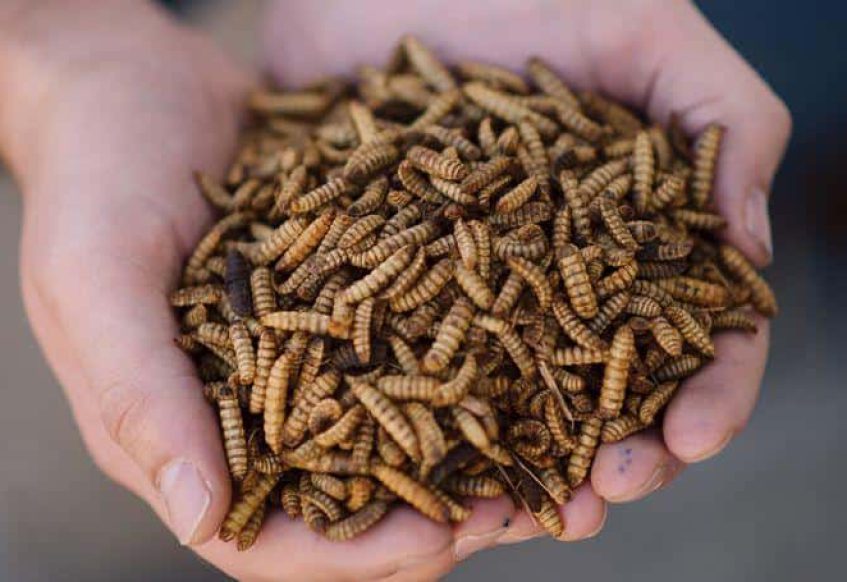
Black Soldier Fly larvae are a highly valued feed ingredient
Known for their high protein content and essential amino acids, minerals, and vitamins, BSF larvae are a highly valued feed ingredient. This makes them an ideal source of nutrition for a wide range of animals. The exact protein content of BSF larvae varies depending on the age and size of the insects, but on average, 100 grams (3.5 ounces) of dried BSF larvae contains approximately 40-50% crude protein. This is significantly higher than traditional sources of animal-based protein such as beef or chicken, which typically contains 20-30% crude protein per 100 grams, and soybeans which contain around 30-40% protein by dry weight.
High Protein content of BSF
The high protein content of BSF larvae is due to their rapid growth rate and efficient utilization of food. BSF larvae can convert organic waste into protein at a much faster rate than traditional livestock, making them a viable alternative to traditional feed ingredients in the animal feed and aquaculture industries. BSF larvae are also a reliable source of essential amino acids, minerals, and vitamins. They contain lysine, methionine, and tryptophan, which are important for growth and development in animals, and are rich in minerals such as calcium, magnesium, and phosphorus.
Can be used for a variety of animals
BSF larvae can be used as a feed ingredient for a variety of animals, including poultry, fish, pigs, and even pets. They can be fed to animals in various forms such as dried, powder, or paste and can also be processed into protein concentrates for feed pellets, meat, or protein bars.
In conclusion, BSF larvae are a valuable source of nutrition for animals due to their high protein content, essential amino acids, minerals, and vitamins. They are an attractive alternative to traditional feed ingredients and can be used to feed a variety of animals in various forms. As the world’s population continues to grow, and the demand for protein increases, the use of BSF larvae as a feed ingredient is likely to become more widespread in the future.
